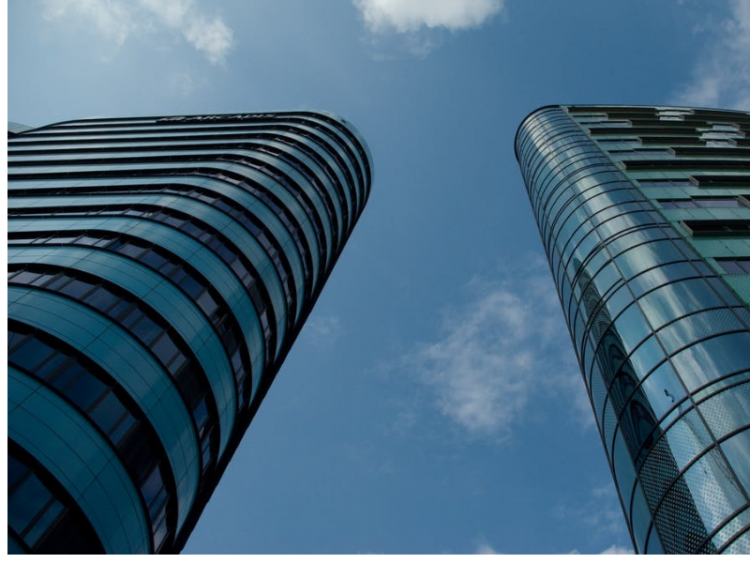
Vertical integration is a business buzzword that’s been thrown around a lot over the past few years. But, what does it actually mean? It’s said that vertical integration helps companies trim the fat and keep more revenue within the business instead of paying outside sources. But, how is it benefiting the customer? We spoke to Quantified Commerce, a vertically integrated company that builds digitally native beauty brands in India, about how vertical integration helps companies succeed and consumers save.
In a vertically-integrated business model, the company owns two or more parts of the supply chain. The further back a company moves in merging the supply chain to manufacturing is called backward integration. An example of backward integration would be if a Levi Strauss owned its own cotton farms in Uzbekistan (one of the world’s major suppliers of cotton). In forward integration, a company would move down the chain of distribution closer to the customer. For example, if a fishery opened up a chain of seafood restaurants with their own delivery trucks, it would be integrated forward.
One of the major advantages of vertical integration is that a company increases its efficiency. In an emerging major E-commerce market like India, vertical integration is the way to best way to maximize efficiency, as outsourcing various parts of the supply chain can lead to major delays and high-costs to both the consumer and the company.
India’s E-commerce market is the fastest-growing in the world. According to the financial firm, Morgan Stanley, the Indian E-commerce market is expected to grow 1,200% to $200 billion by 2026. This is in comparison to just $15 billion in 2016. This is in part compounded by increased Internet penetration and smartphone adoption, which is set to skyrocket in the coming years.
In such a fast-growing market, it is ineffectual to depend on third parties for manufacturing and distributing, as it will just make the process of getting the product to the consumer move at a snail’s pace. This is especially true in India, a nation with extremely fragmented logistics. That’s why Quantified Commerce owns its own factories and is looking into buying their own trucks.
“Outsourcing to a trucking company means that it takes an average of seven days to move products from one part of the country to the other,” says Ryan Andreas, co-founder of Quantified Commerce. “Owning our trucks means that the job gets done in two days. This also means that inventory is transported out of our warehouses at a quicker rate. We only hold inventory for about 24 days, as opposed to most companies that are forced to have working capital stuck in inventory for an extra 7-10 days because of poor logistics.”
But the major benefit of vertical integration is its reduction in costs to the consumer and to the company. “Since we own everything, we are able to standardize everything,” says Andreas. “We can have faster loading/unloading, and have a quicker turnaround in comparison to most companies, which lowers our capital requirements.”
“Also, by owning more than one part of the supply chain, we reduce the overall cost of the product without sacrificing quality,” Andreas continues. “In most retail businesses, the cost of goods cannot exceed 8%, as 40% goes to the distributor and another 30% goes to advertising agencies. By owning the distributing and marketing, and selling directly to consumers online, we can spend more on the actual product by selling directly to the consumer.”
In a country with an emerging middle-class, a high-quality product for less is crucial to the Indian consumer. “Vertical integration is for India, in that the consumer is provided with the best possible product for the lowest-conceivable cost,” Andreas says. “This is a nation that is still very price sensitive within its fast-emerging E-commerce market. Vertically integrating our company has allowed our customers to develop brand loyalty with our products. It also lets us cut out any lag time that comes with outsourcing distribution. With increased overall efficiency we are able to build a consistent base of customers that return to us for their E-commerce needs.”
Indeed, the vertically integrated model has worked well for . Within the last three to four years, the company grew 100%-300% per year. This is thanks to their efficiency and customer satisfaction that is created through a direct-to-consumer approach that cuts out unnecessary third parties, streamlining the entire process from manufacturing to distribution.
India is currently going through an E-commerce boom, and as it is developing at such a fast rate, a traditional model of manufacturing and distribution simply won’t be able to keep up with the demand. Vertical integration is a way for companies to make themselves leaner and create the best consumer experience possible.